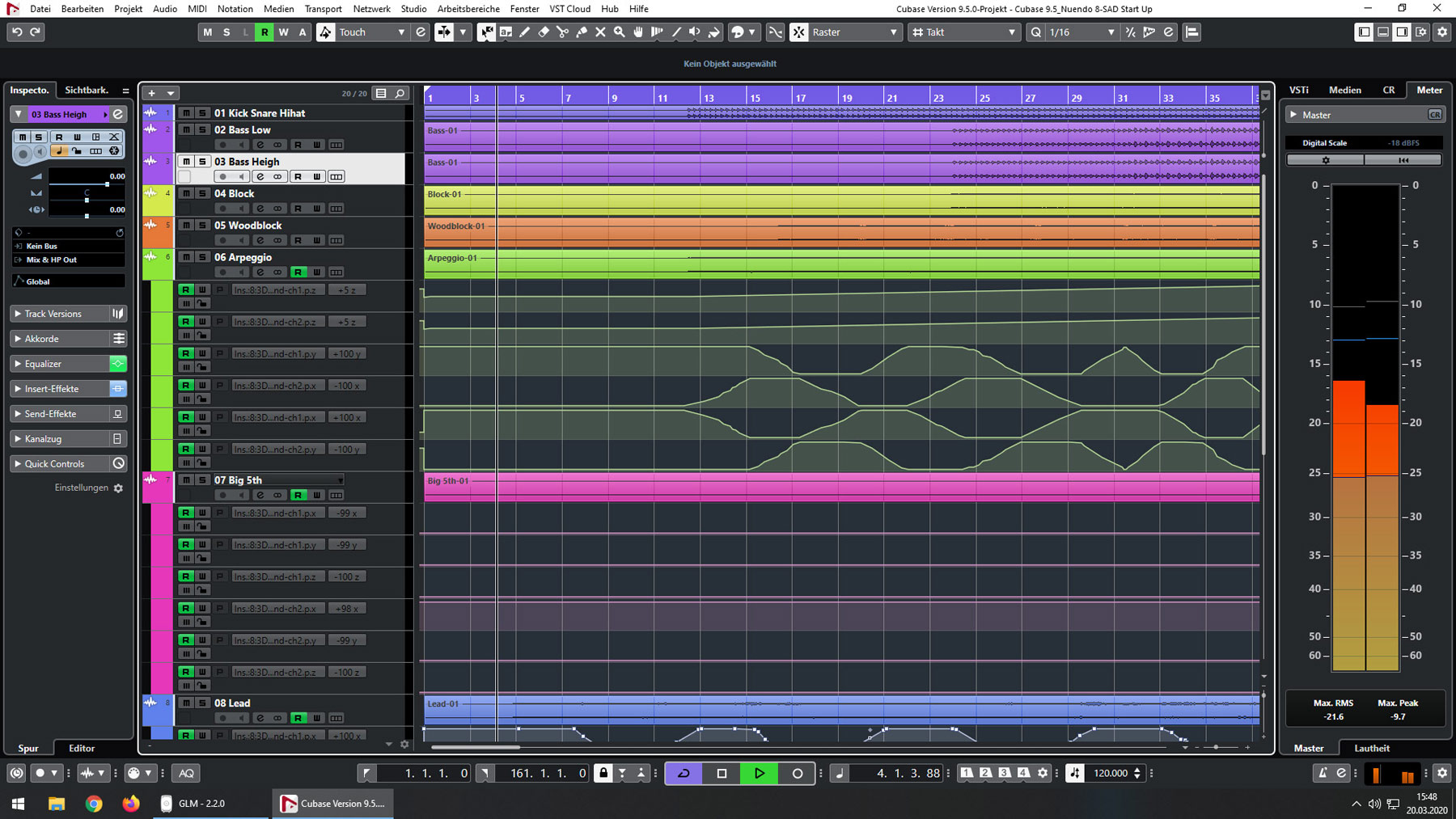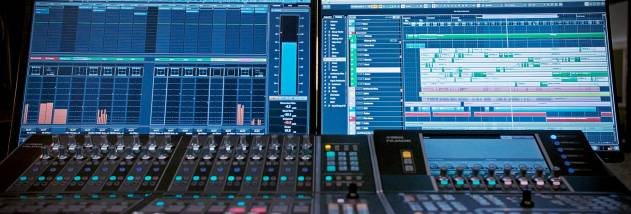

Traditionally, Nuendo had a longer update cycle, meaning that: Cubase has caught up to match Nuendo in most aspects. If you don't do any of the latter, Nuendo is not a "better" version of Cubase, just more expensive. So expect any post-production/film/game/VR/collaboration -related features to land on Nuendo first. Nuendo better facilitates working on and sharing large projects with a team. You also get additional effects, mostly pertaining to these areas. Nuendo for post-production and video work, working with more channels (surround in films/games), VR, working with large number of sound effects, dubbing, commercial game engines and versioning system (Perforce). So you can expect music production related features to land on Cubase first. Some features make it into Cubase first, some into Nuendo, and are later added to the other.Ĭubase is more segmented for music production. 5 version upgrades cost money (you can skip upgrading of course) , in Nuendo they are free. Currently, you can get Cubase 10.Maybe there´s some advantage to using Cubase instead that I don´t see yet?Ĭubase has the collaborative tool "VST Transit", Nuendo doesn't. If Cubase alone doesn't offer you enough flexibility, you can purchase its companion tablet app Cubasis for recording, editing and mixing on iPhone and iPad.

Even basic sound editing to a video track is possible, for advanced needs you can take a look at Steinberg's other DAW called Nuendo. Creating musical sequences, recording vocalists or instruments, mixing and mastering multi-track projects, it all works intuitively without hickups. There are no limits to what you can do with Cubase.

The amount of world-class stock plugins provided out of the box give you endless options for serious mixing and composition work. Supported and used by many big name producers like Hans Zimmer and Tiësto, Cubase can convince its userbase with an intuitive MIDI engine and great stability. Cubase has been around for a long time due to its stability and trustworthiness


 0 kommentar(er)
0 kommentar(er)
